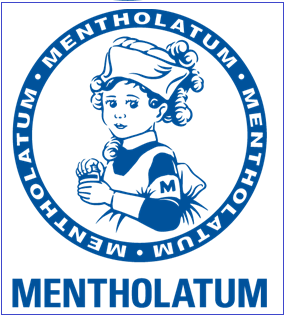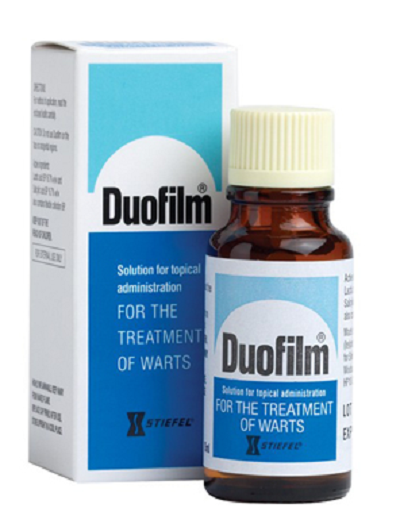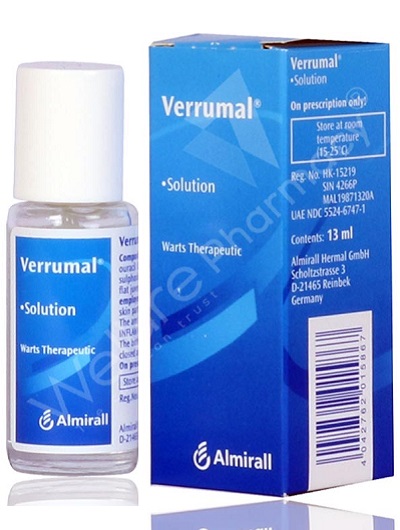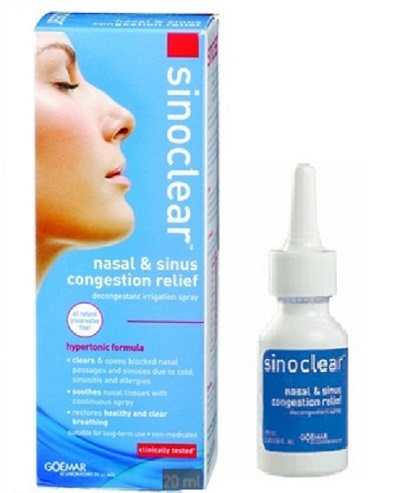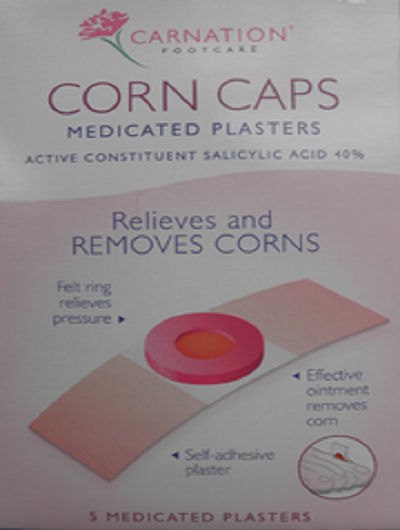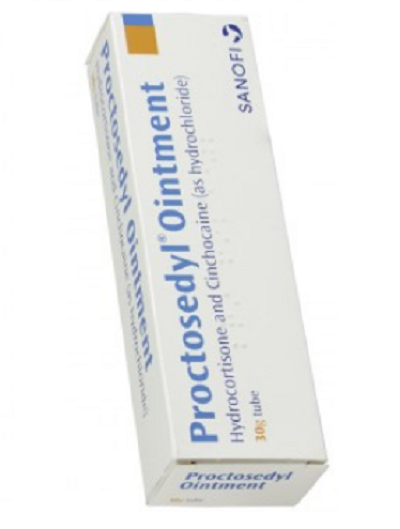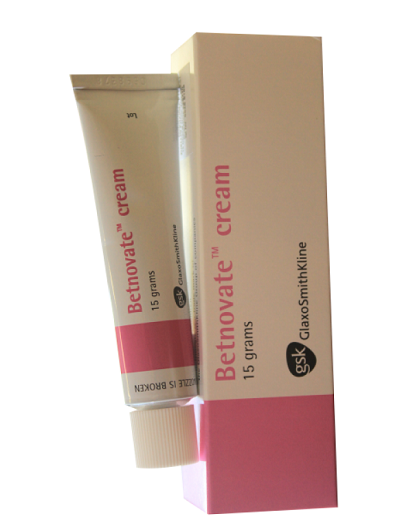Onychomycosis causes, symptoms, diagnosis, prevention of fungal infections and methods of treatment
Nail fungus (Nail fungus in English) is a common condition that starts with a white or yellow spot under the tip of an infected person's fingernail or toenails. As the infection progresses, the onychomycosis can cause discoloration, thickening, and crumbling at the edges
Contents
Overview of Onychomycosis
Onychomycosis can be found on some nails. If the condition is mild and does not affect life, the patient may not need treatment. If onychomycosis causes pain and is causing thick nails, self-care and medication steps may help. But even with successful treatment, onychomycosis often returns.
When the fungus infects the areas between the toes and other skin of the feet, it is called the athlete's foot.
Causes of Onychomycosis
Onychomycosis is caused by various fungal organisms. The most common cause is a fungus called dermatophyte. Yeast and mold can also cause nail infections.
Onychomycosis can develop in people of any age, but it is more common in older adults. As the nail ages, it can become brittle and dry. Cracks in the nail allow fungus to enter. Other factors - like decreased blood circulation to the feet and a weakened immune system - can also play a role in causing onychomycosis.
Toenail fungal infection can start on an athlete's foot and it can spread from nail to nail.
Symptoms of Onychomycosis
You can get onychomycosis if one or more of your nails are:
-
Thicken up
-
Color change from white to golden brown
-
Brittle, crumbled, or torn
-
Transformed
-
A dark color, caused by debris accumulating under your nails
-
Bad smell
-
Nail fungus can affect the nails, but is more common in the toenails.
When to see a doctor?
The patient may need to see a doctor if the self-care steps are ineffective and the nail becomes discolored, thickened or deformed more and more. Also, if you have diabetes and think you have nail fungus, you should see your doctor early.
Symptoms
In some serious cases, onychomycosis can be painful and can permanently damage an infected person's nails. And it can lead to other serious infections that spread beyond the feet if the person has an immune system suppressed by medications, diabetes or other illnesses.
If you have the same diabetes, you may experience decreased blood circulation and nerve supply in the feet. The patient is also at risk for bacterial skin infections (cellulitis). So any small injury to the foot, including a fungal nail infection, could lead to more serious complications.
The way of transmission of Onychomycosis
With toenail fungus, it quickly spreads all over the feet in both feet and can even spread to other parts of the body and can also be spread from person to person.
Do not share utensils with someone with nail fungus, avoid direct contact with the affected nail area of the patient. There is a family member with nail fungus, so you and other members need to have a sense of prevention, take care of yourself and nails carefully, avoid walking barefoot in the house, dry your hands and feet after bathing ...
Subjects at risk for Onychomycosis
Factors that may increase your risk of developing onychomycosis include:
-
Older, due to decreased blood flow, years of exposure to fungus and nails grow more slowly
-
Sweating a lot
-
Have a family history of onychomycosis
-
Walk barefoot in wet common areas, such as swimming pools, gyms, and bathrooms
-
Have a small wound in the skin or nail or have a skin condition, such as psoriasis
-
Have diabetes, circulatory problems or a weakened immune system
Prevent onychomycosis
The following habits can help prevent onychomycosis or re-infection:
-
Wash hands and feet often. Wash your hands after touching infected nails. Keep your nails moist after washing them.
-
Cut nails straight, and smooth edges with a file. Disinfect nail clippers after each use.
-
Wear sweat-absorbing socks or change socks when you use them all day.
-
Choose shoes made of breathable material.
-
Throw away old shoes or dispose of them with an antiseptic or antifungal powder.
-
Wear shoes in the pool area and changing room.
-
Choose a nail salon that uses sterile manicure tools for each client.
-
Do not use nail polish and artificial nails.
Diagnostic measures for onychomycosis
The doctor will examine the patient's fingernails and toenails. And your doctor may also take some nail samples or scrape off debris from under the person's fingernails and send samples to a lab to identify the fungus causing the infection.
In addition, your doctor will use your medical history to detect comorbid conditions, such as psoriasis. Microorganisms such as yeasts and bacteria can also cause nail infections. Knowing the cause of the patient's infection will help determine the most effective treatment regimen.
Home remedies for Onychomycosis
Onychomycosis can be difficult to treat. Treatment depends on the severity of the disease and the type of fungus it caused. It may take a few months to see results. And even if the patient's nail condition improves, there is a high chance of it returning again.
Medicine
Your doctor may prescribe an antifungal medication that you take or apply on your nails. In some situations, it helps to combine oral and topical antifungal therapies.
Oral antifungal drugs. These medications are often the first choice because they clear the infection faster than topical medications. Options include terbinafine (Lamisil) and itraconazole (Sporanox). These medications help keep newly grown nails free from infection, and slowly replace the infected part. Patients usually take this drug for six to 12 weeks. But you will not see the results of treatment immediately until the new nail regrowth completely. It may take four months or longer to clear the infection. Treatment success rates with these drugs are lower in adults over 65 years of age.
Oral antifungal medications can cause side effects ranging from skin rash to liver damage. Patients may need frequent blood tests to check if antifungal drugs are affecting the patient's body. Doctors may not prescribe antifungal medications to people with liver disease or congestive heart failure or those who take certain medications that cannot be combined with antifungals.
Nail polish medicine. Your doctor may prescribe an antifungal nail polish called ciclopirox (Penlac). The patient paints it on the infected nail and surrounding skin once a day. After seven days, wipe off any layers of the alcohol nail and start applying new polish. Patients may need to use this nail polish daily for nearly a year.
Nail cream. Your doctor may prescribe an antifungal cream to rub on the infected nail after soaking. These creams may work better if the person has thinning their nails first. This allows the medication to pass through the hard nail surface to the underlying fungus. To thin nails, the patient applies an over-the-counter lotion containing urea. Or your doctor can thin the surface of the nail with special tools.
Surgery
Your doctor may recommend removal of the nail so that you can apply antifungal medication directly to the infection under the nail. For some onychomycosis that do not respond to medications, your doctor may recommend permanent nail removal if the infection is severe or extremely painful.
Source: europharmas.com




